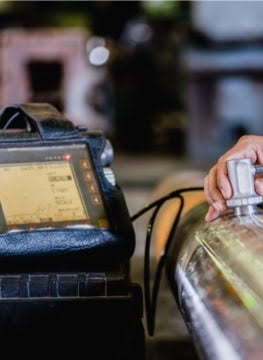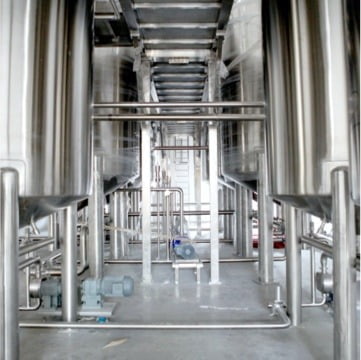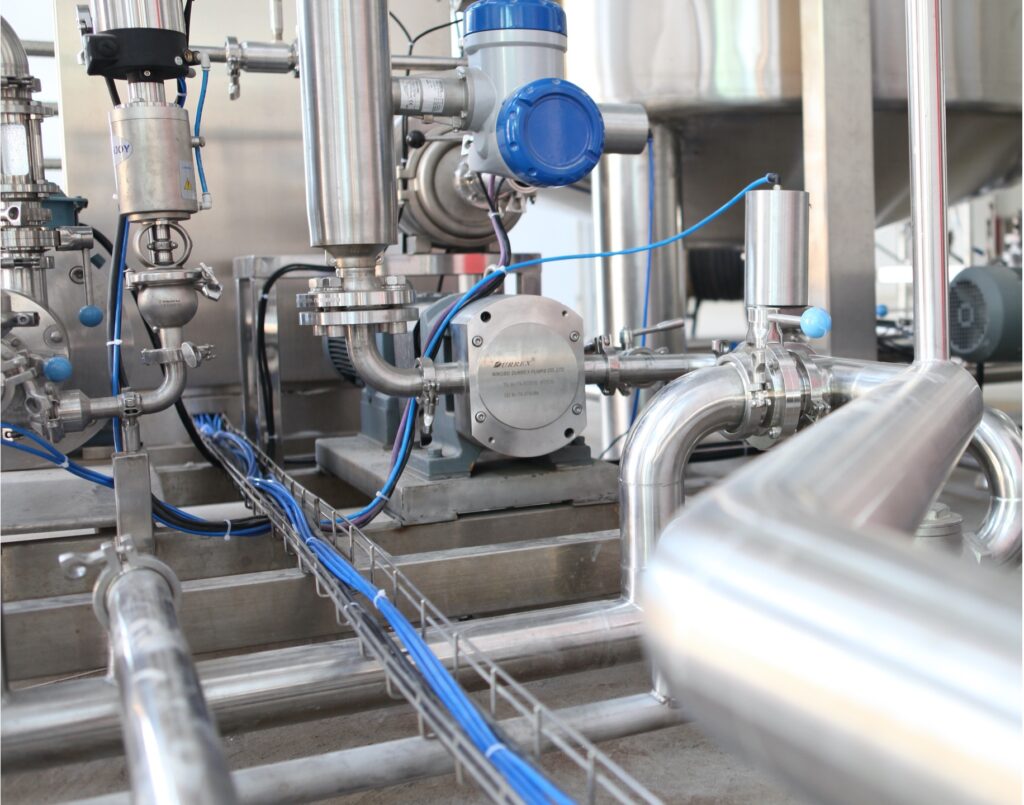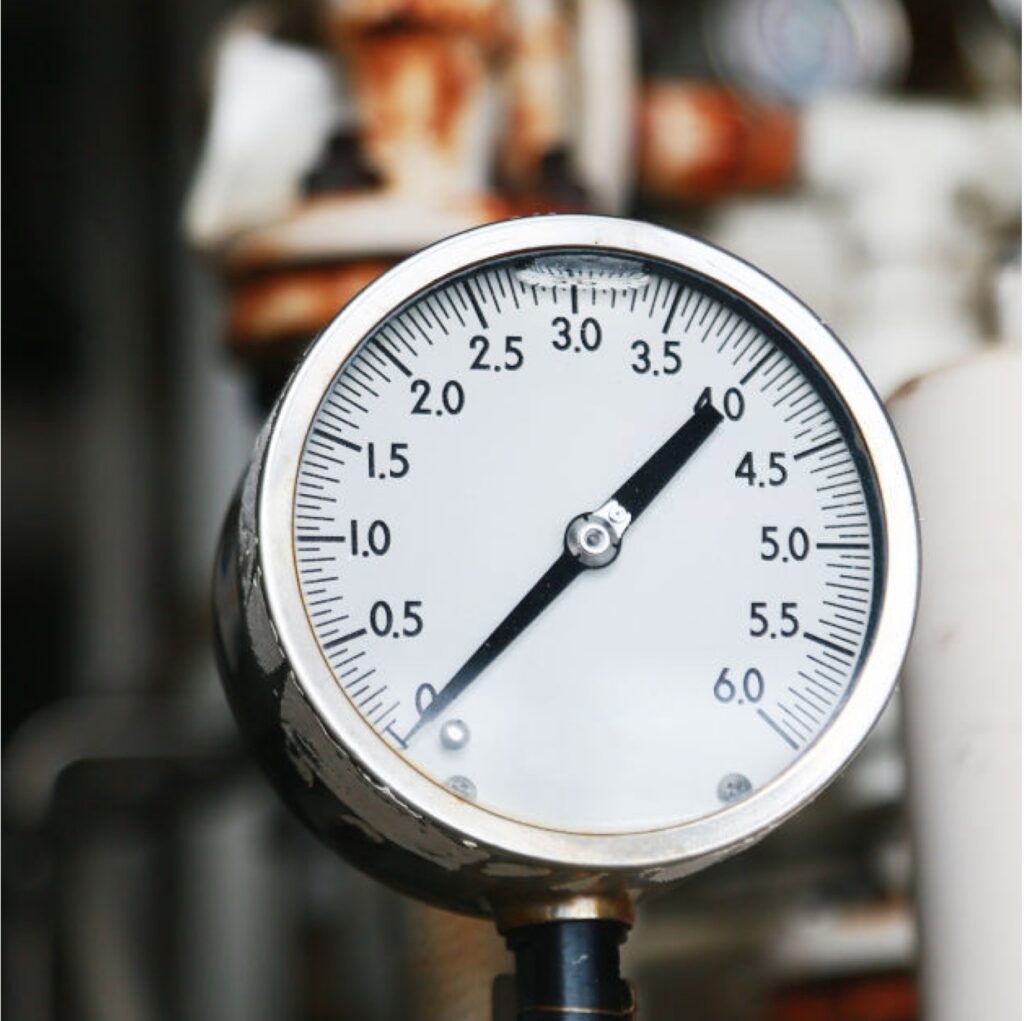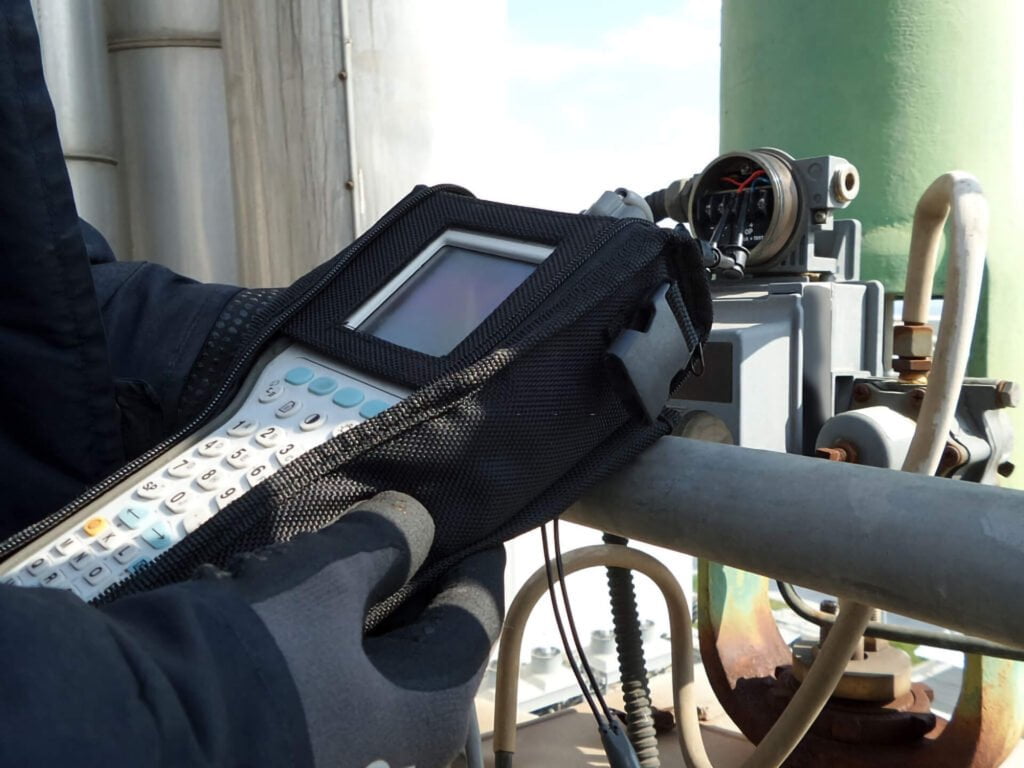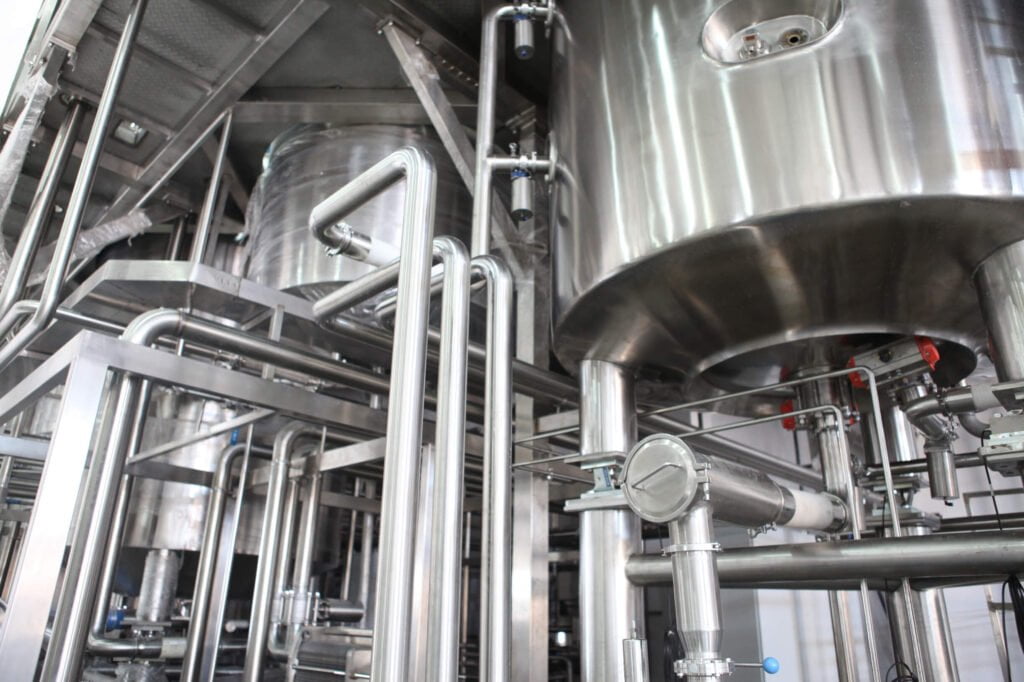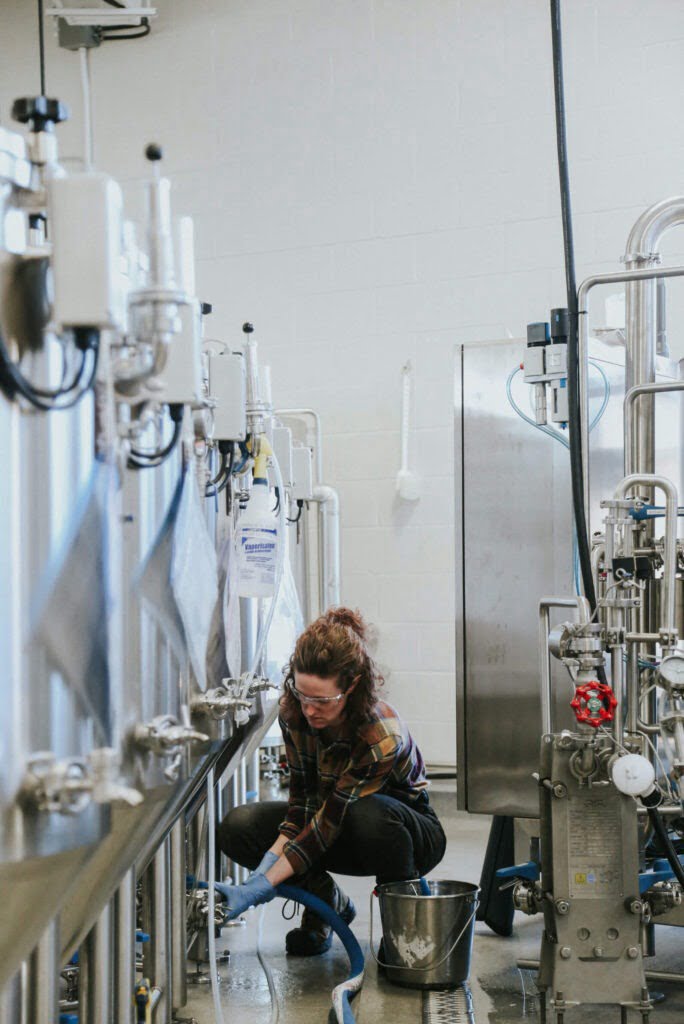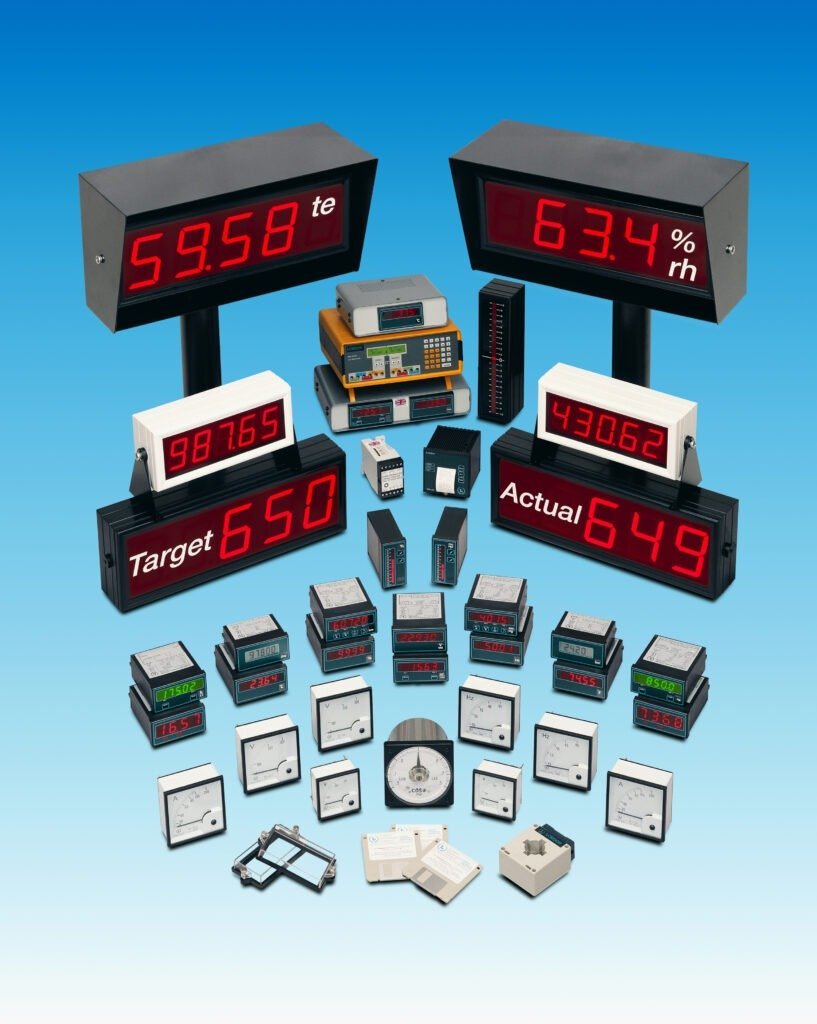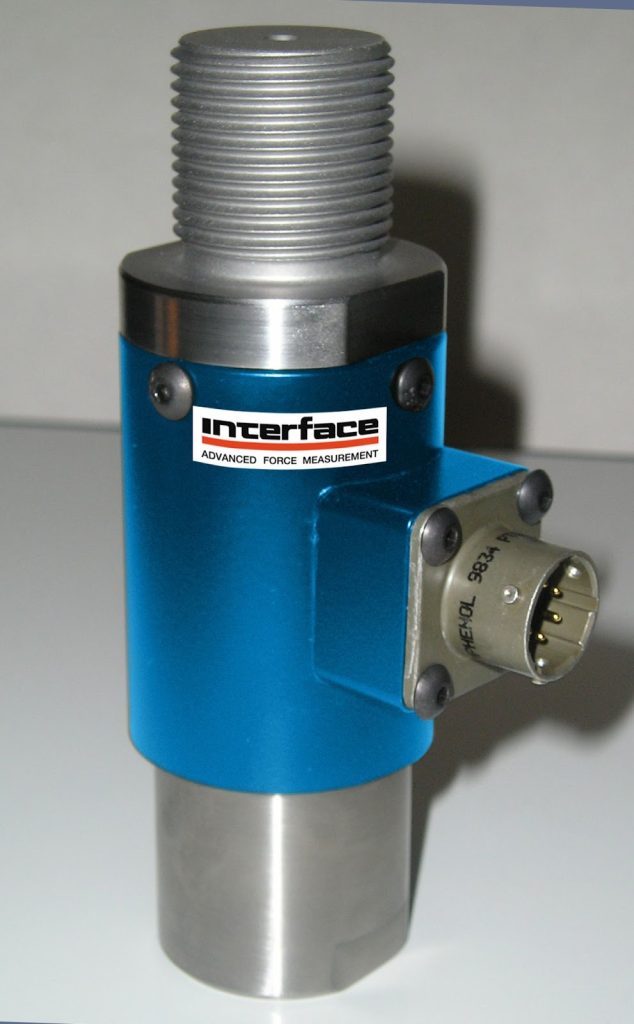
Understanding Temperature Monitoring in Industrial Applications
Accurate temperature measurement is essential across industries such as mining, food and beverage, pharmaceuticals, and manufacturing. Ensuring consistent monitoring helps maintain product quality, safety, and efficiency while meeting strict regulatory standards.
But what are the 4 main devices that we used to measure temperatures? The primary temperature measuring devices include:
- Thermocouples
- Infrared sensors
- Bimetallic devices
- Liquid-in-glass thermometers
Each of these temperature sensors offers specific advantages depending on the application, temperature range, and required accuracy. This guide explores these four essential devices and their roles in industrial temperature monitoring.
1. Thermocouples – Reliable for Extreme Temperature Ranges

Thermocouple sensors are among the most widely used temperature measuring instruments due to their versatility and ability to withstand extreme conditions.
How They Work:
- A thermocouple consists of two different metals joined together, creating a voltage when exposed to temperature variations.
- As the temperature rises, the thermocouple rises in output voltage, providing a temperature reading.
- Metal sheathed thermocouples protect the sensor from harsh environments, making them durable and long-lasting.
Advantages:
- Covers the widest temperature range, from cryogenic levels to extreme heat.
- Fast response time and high durability.
- Suitable for industrial applications such as power plants, chemical processing, and
- Manufacturing.
2. RTD Sensors – Resistance Temperature Measurement

Resistance temperature detectors (RTD sensors) are widely regarded for their accuracy and stability across moderate temperature ranges. These temperature sensors are ideal for precision applications where consistent, repeatable temperature measurement is critical.
How They Work:
- An RTD sensor operates by measuring the electrical resistance of a metal—typically platinum—which increases in a known way as the temperature rises.
- This predictable change in resistance is used to provide an accurate temperature reading.
- RTDs often come with a metal or ceramic shield to protect them in industrial environments, enhancing their long-term performance.
Advantages:
- Offers greater accuracy and stability than thermocouples over limited temperature ranges.
- Excellent linear response for precise temperature measurement.
- Commonly used in laboratories, food and beverage processing, pharmaceuticals, and semiconductor manufacturing.
3. Infrared Sensors – Non-Contact Temperature Measurement
Infrared sensors offer non-contact measurement, making them ideal for applications where direct contact with the surface is not possible. These sensors detect infrared radiation emitted by an object and convert it into a temperature reading.
How They Work:
- Measure the infrared energy emitted from an object’s surface.
- Convert the data into an electrical signal to determine the actual temperature.
Advantages:
- Ideal for monitoring temperature in moving objects, hazardous environments, and high-temperature surfaces.
- Provides highly accurate readings without needing direct contact.
- Commonly used in food processing, medical diagnostics, and industrial automation.
4. Bimetallic Devices – Simple and Energy-Efficient
Bimetallic devices utilise the principle of thermal expansion, making them a simple yet effective temperature measurement instrument.
How They Work:
- Made of two metals with different expansion rates, forming a strip that bends as the temperature increases.
- The movement is transferred to a dial or gauge, providing a temperature reading.
Advantages:
- Does not require a power supply, making it useful for remote locations.
- Reliable and cost-effective for basic temperature monitoring.
- Commonly found in HVAC systems, industrial machinery, and process control applications.

5. Liquid-in-Glass Thermometers – Traditional and Highly Accurate
Liquid expansion devices such as liquid-in-glass thermometers remain one of the most precise temperature measurement tools for moderate temperature ranges.
How They Work:
- A liquid thermometer contains mercury or alcohol, which expands as temperature rises.
- The liquid level moves along a glass tube, indicating the temperature shown.
Advantages:
- Highly accurate readings without requiring a power source.
- Simple operation and low maintenance.
- Commonly used in laboratories, meteorology, and food storage applications.

Choosing the Right Temperature Measuring Instrument

Selecting the right temperature measurement instrument depends on several factors, including temperature range, required accuracy, and application environment.
- Thermocouples: Best for extreme temperatures and industrial applications.
- Infrared sensors: Ideal for non-contact temperature monitoring in moving or hazardous environments.
- Bimetallic devices: A simple, cost-effective solution for process control and HVAC systems.
- Liquid-in-glass thermometers: Preferred for high accuracy in controlled settings.
Ensure Precision with the Right Temperature Sensors
Reliable temperature sensors are essential for quality control, efficiency, and safety in industrial applications. Whether you need high-accuracy infrared sensors, durable thermocouples, or traditional bimetallic devices, AMS provides a comprehensive range of temperature measurement solutions to suit your industry requirements.
Find the Right Temperature Monitoring Solution Today
AMS offers high-quality, industry-approved temperature measurement devices designed for precision and reliability. Contact our team today to explore our temperature sensors and monitoring solutions tailored to your specific needs.
